
Verse Mapping is a Bible study method that examines the context, cross-references, translations, and word meaning of a particular verse in God’s Word.
In my previous posts on Verse Mapping, you learned Step One: Context–discovering the context of your chosen verse. Step Two: Other Translations–looking up your verse in different versions and translations of the Bible. Step Three: Cross-References–finding other Scriptures that relate to your verse. And Step Four: Word Meanings–looking up definitions of keywords in your verse.
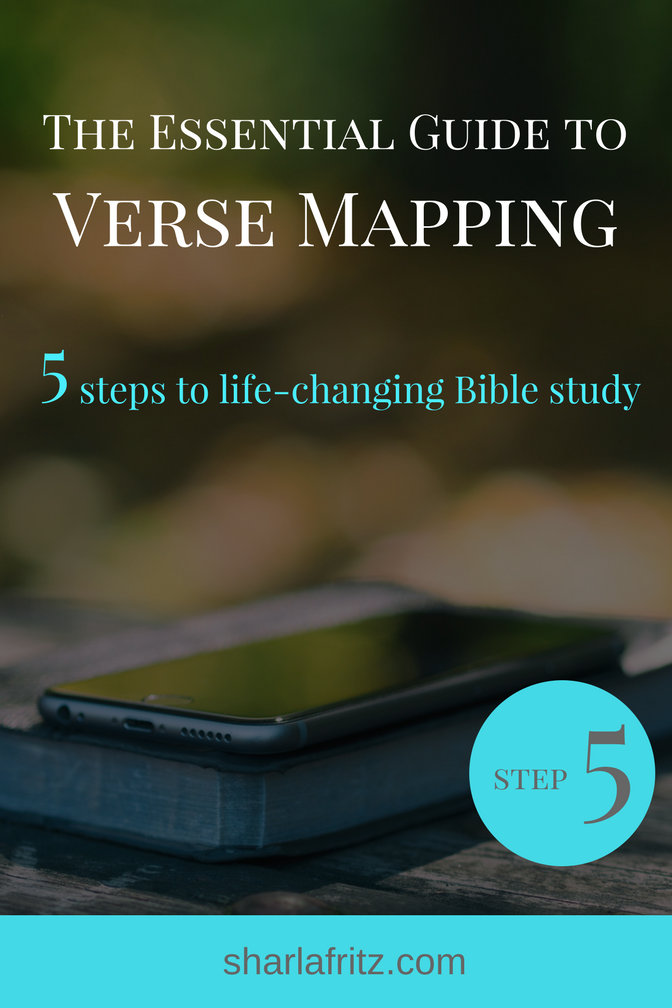
Step Five: Paraphrase
You’ve taken the verse apart and examined all the pieces. Now it’s time to put the verse back together using your new knowledge. In Step Five you will write the verse out in your own words. You might expand the verse using the definitions of the words you found in Step Four. You might use wording from other translations from Step Two. You might incorporate the knowledge you found by looking at cross-references in Step Three.
As always, begin with prayer and ask the Holy Spirit to guide you through this process. Then ask yourself questions like:
- How does the context of the verse influence the meaning of the verse?
- What words or phrases from other translations helped me understand it better?
- What did I learn from the cross-references?
- What definitions of keywords opened my eyes to deeper meanings?
- What does this verse really mean?
- What is the key lesson for my life?
Write Your Paraphrase
Finally, write your own paraphrase of the verse in your Verse Map template:
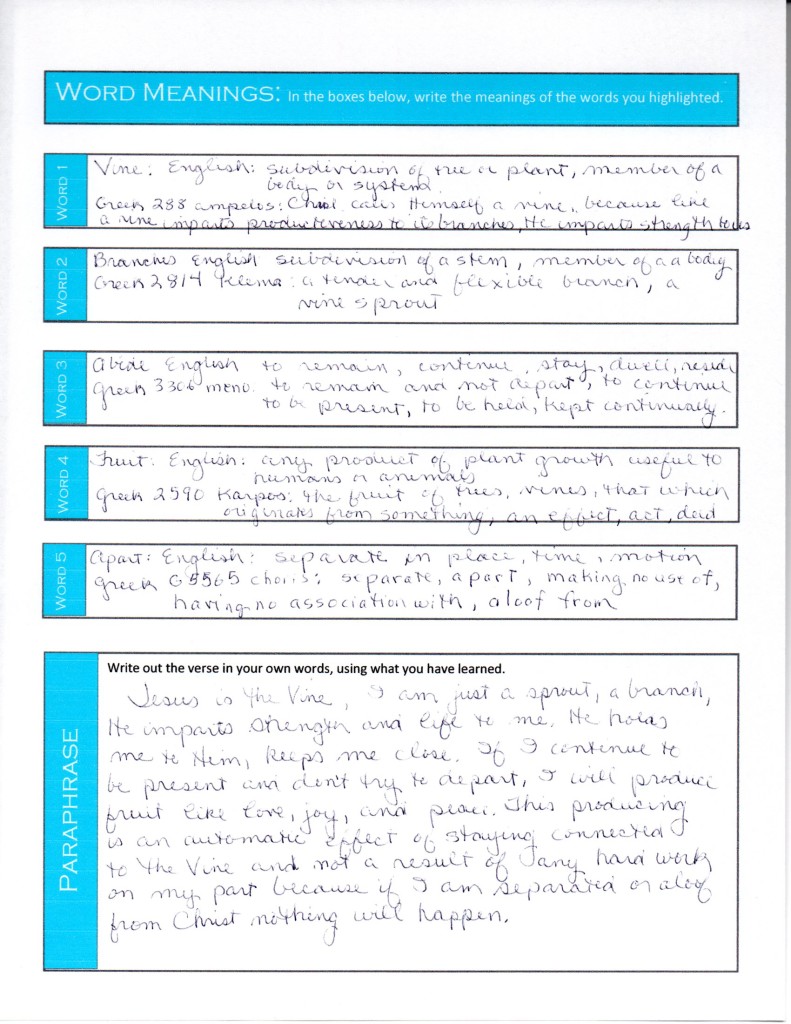
As a result of my study, my paraphrase of John 15:5 is:
Jesus is the Vine, I am just a sprout, a branch. He imparts strength and life to me. He holds me to Him, keeps me close. If I continue to be present and don’t try to depart, I will produce fruit like love, joy, and peace. This producing is an automatic effect of staying connected to the Vine and not a result of any hard work on my part because if I am separated or aloof from Christ nothing will happen.
I love digging into Scripture. As I spend time in the Word, the Holy Spirit speaks to my heart. He helps me understand the mysteries of the Bible. I learn about God’s love and grace. In John 15:5 I learned that apart from Jesus, I can’t accomplish a thing and that even abiding in Christ is something that I can’t do on my own. Jesus holds me to Him.
I hope that this process of Verse Mapping will also help you to search for treasure in the Bible. I pray that through this process, the Holy Spirit opens your eyes to more of God’s love for you and His purpose for your life!
Next step: Take all that you learned from Steps 1-4 of Verse Mapping and write your chosen verse in your own words. This step will help you process the meaning of the Word. Download a copy of the Verse Map template here.
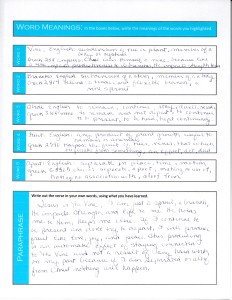
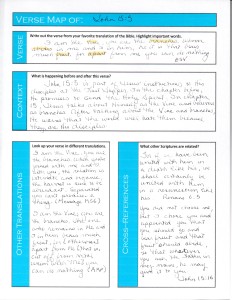

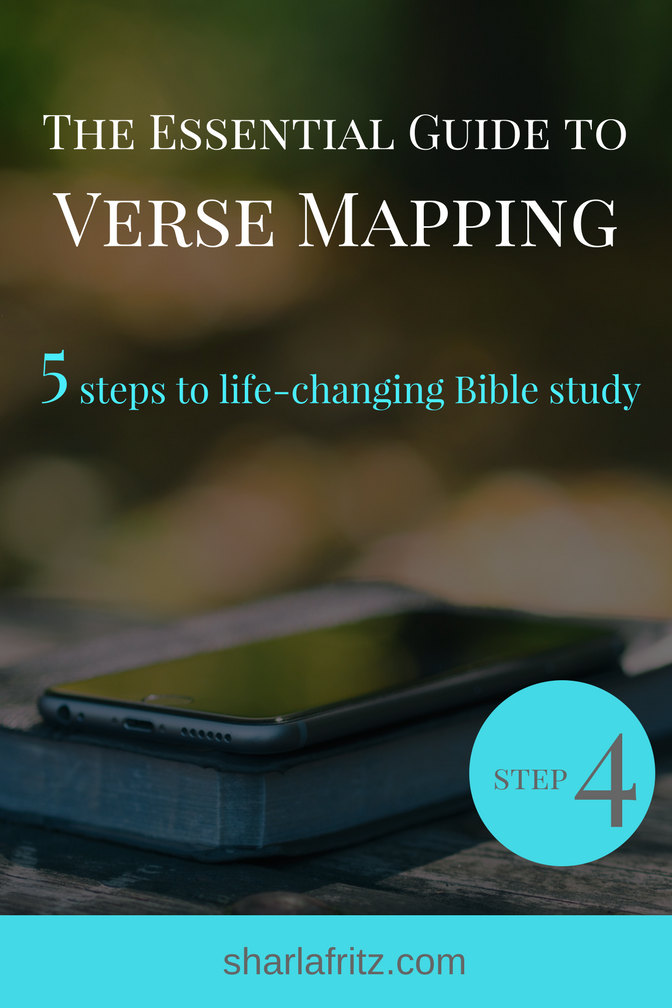
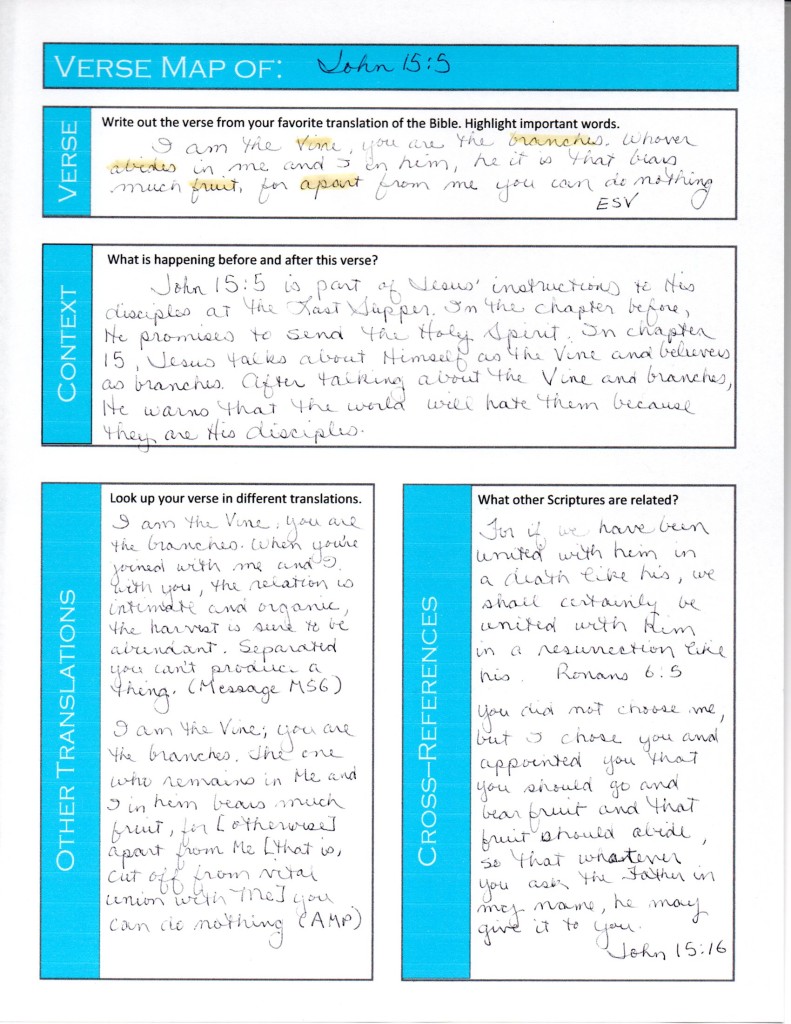
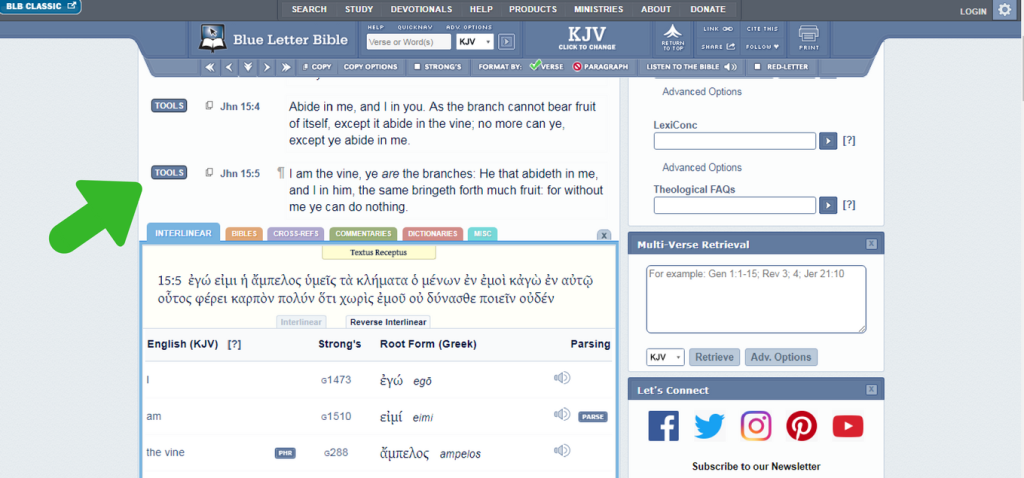
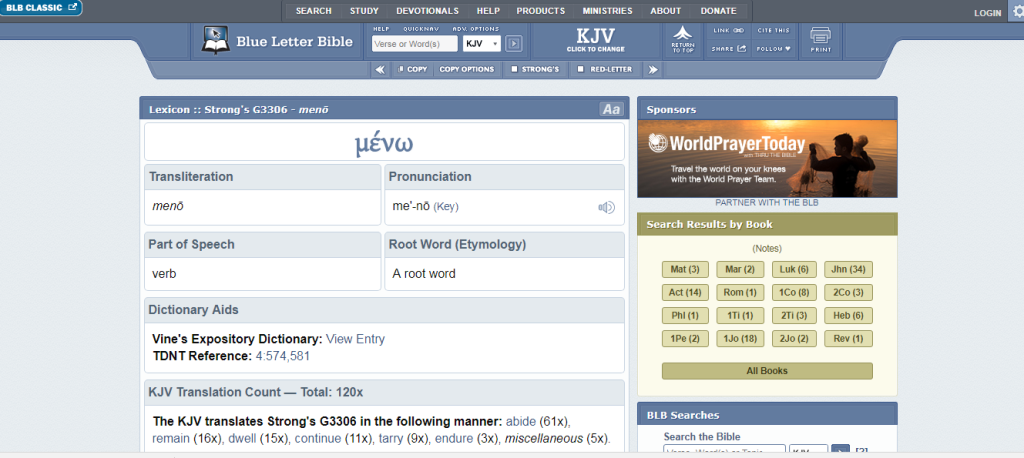
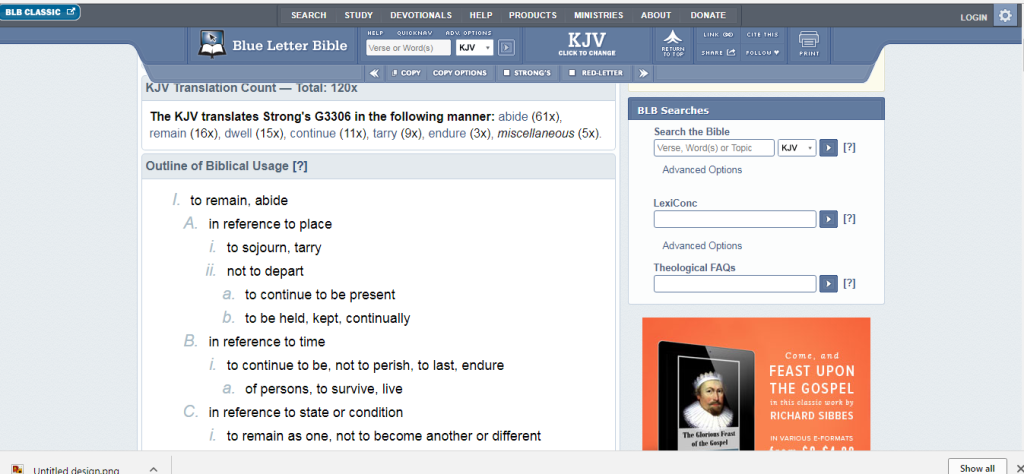
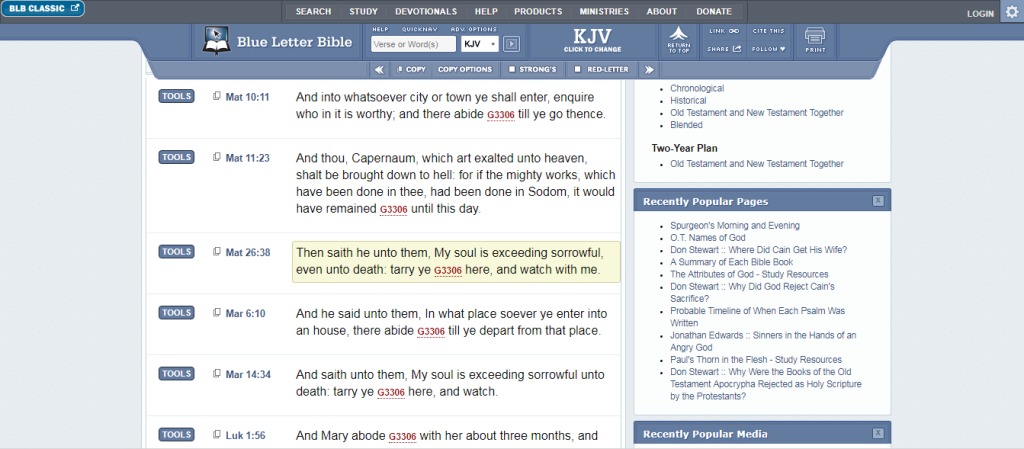
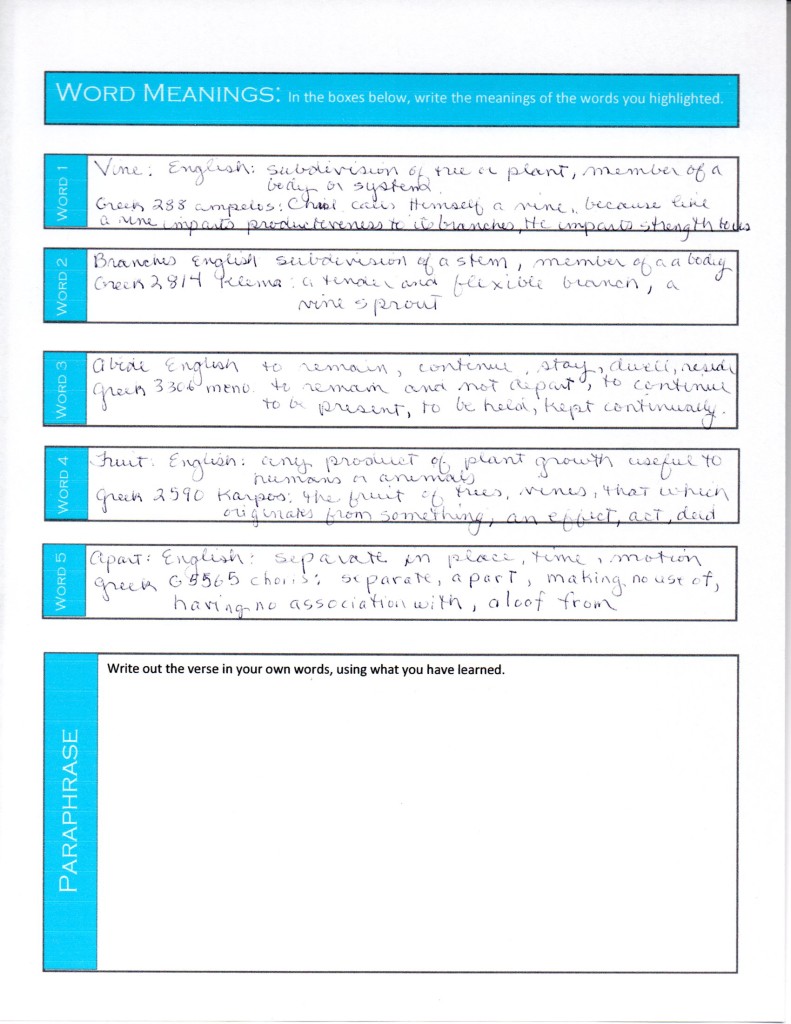
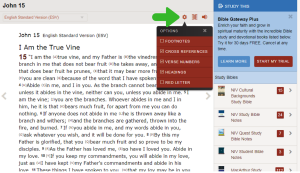

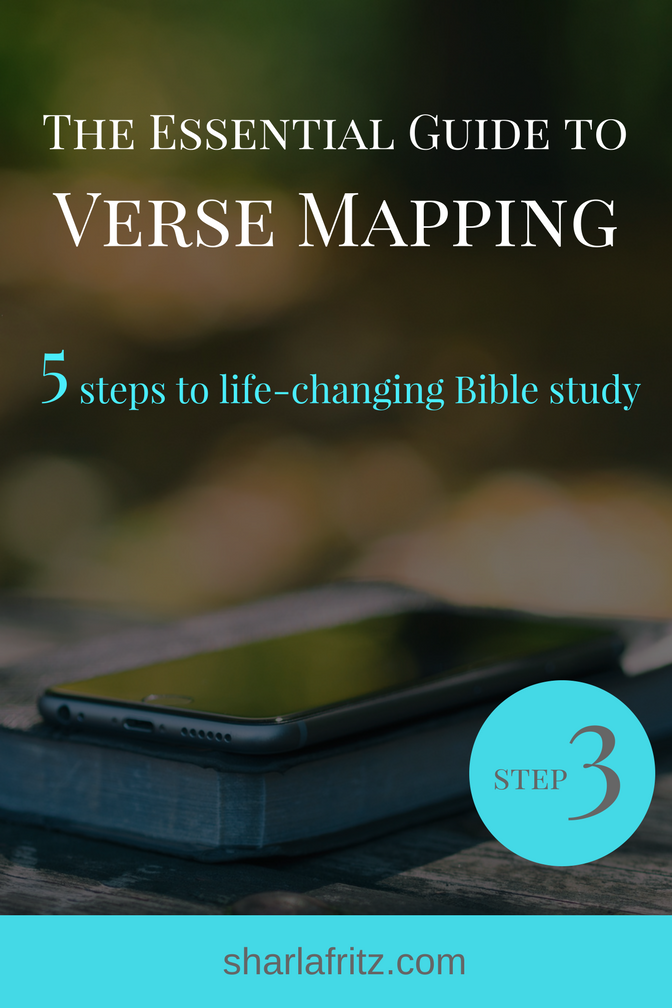
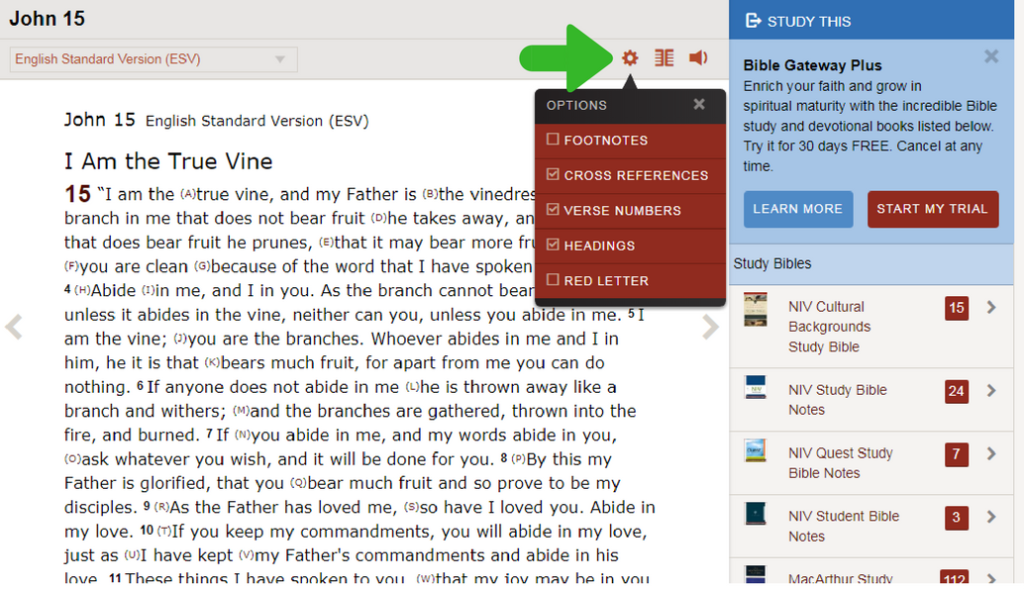
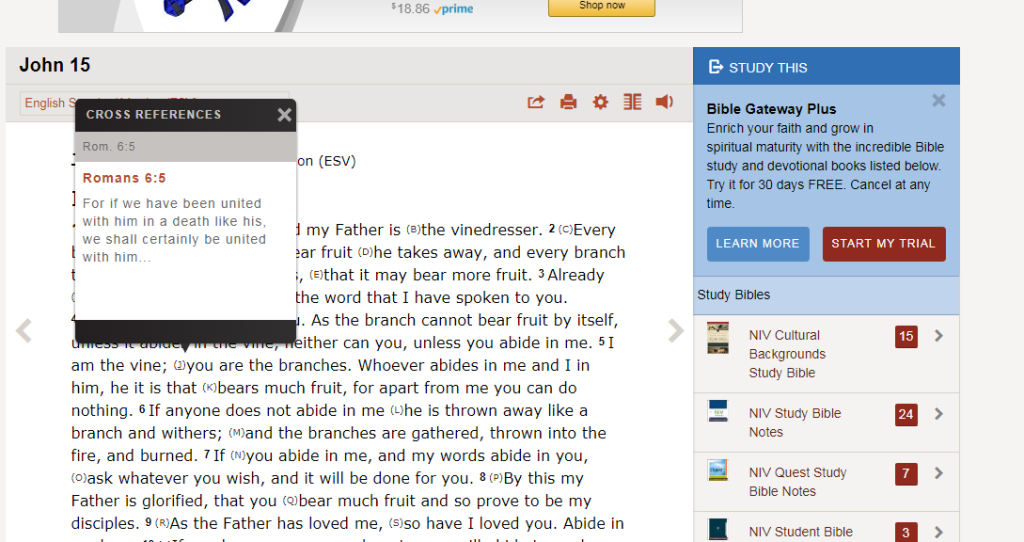
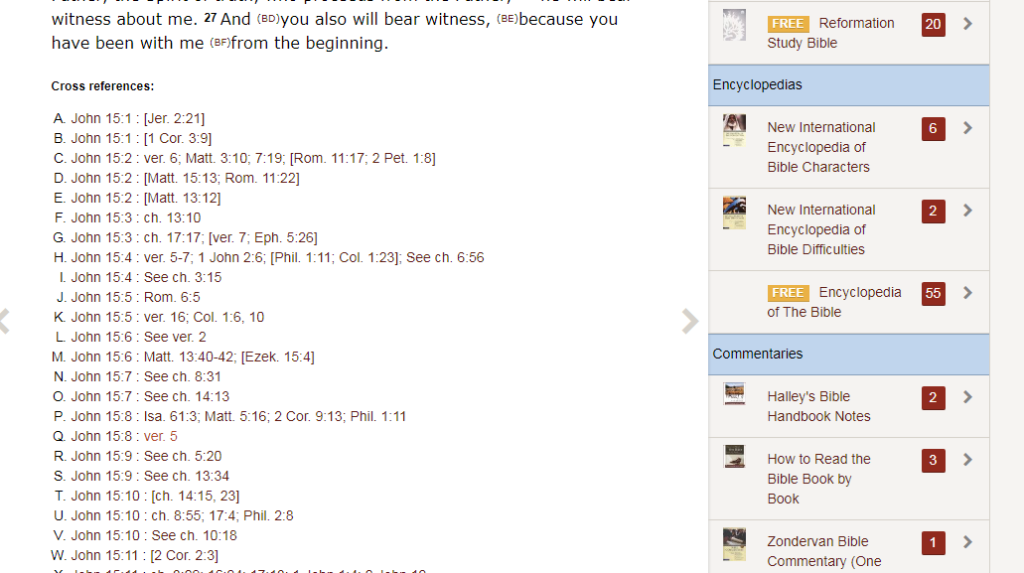
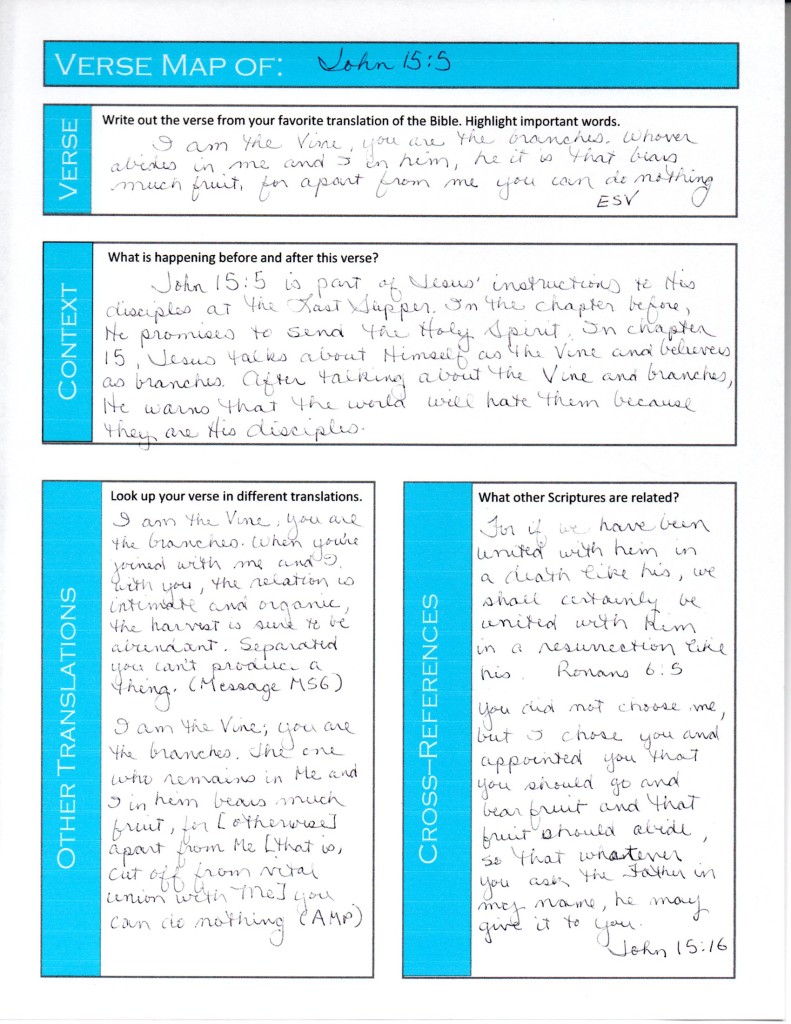
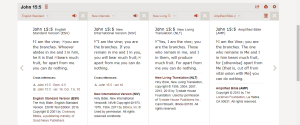

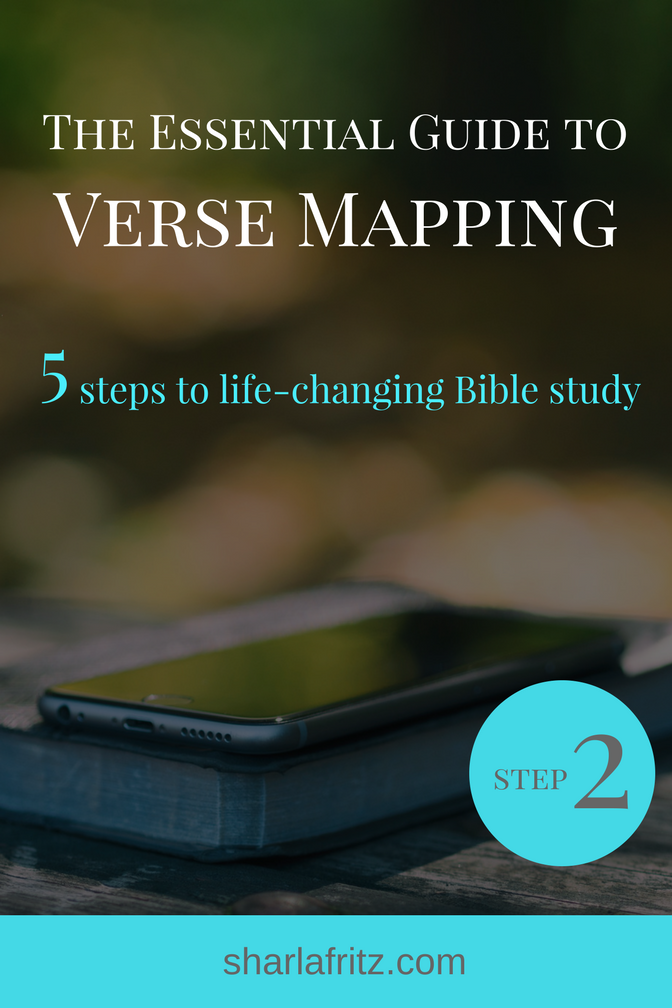


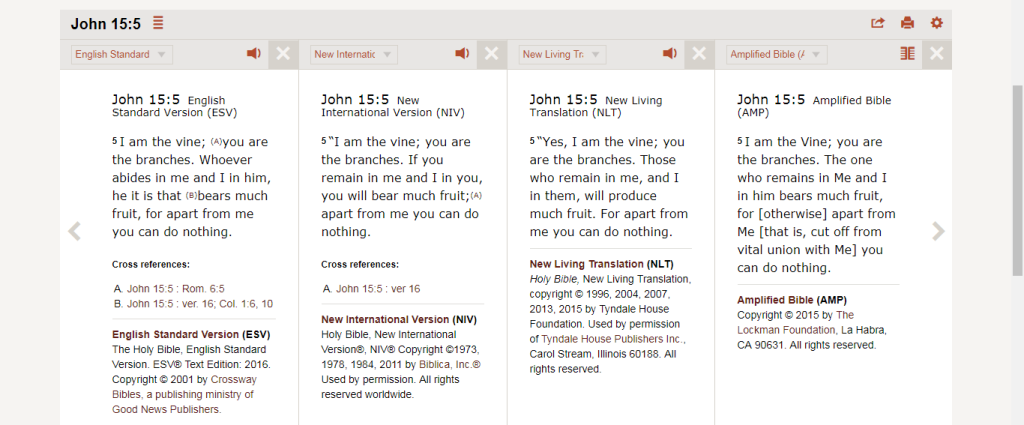
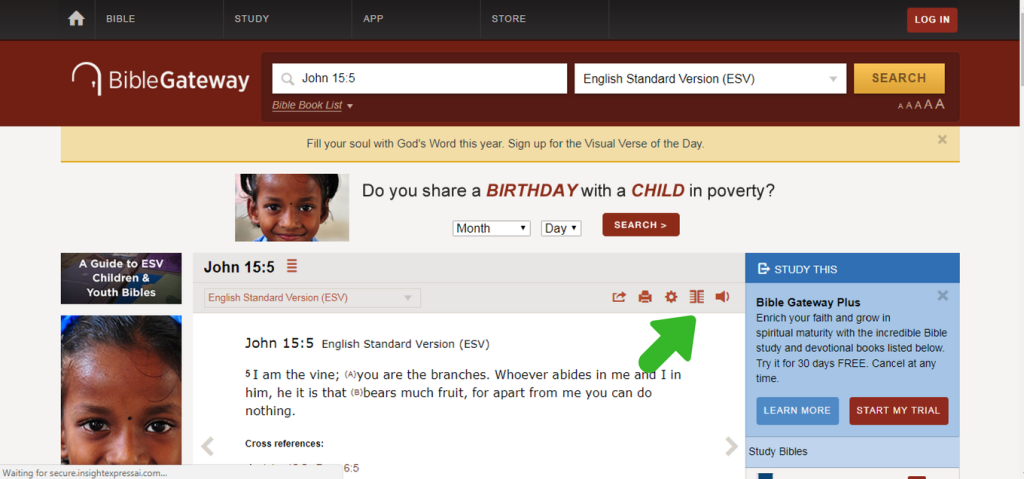
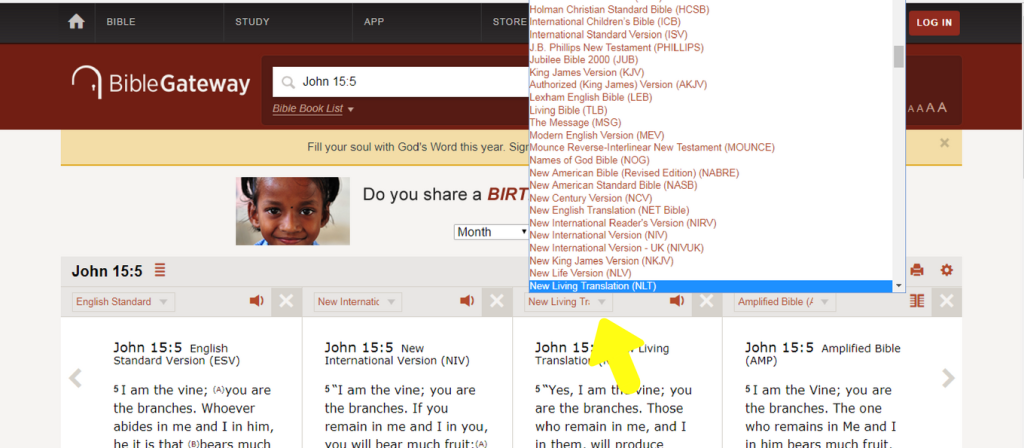
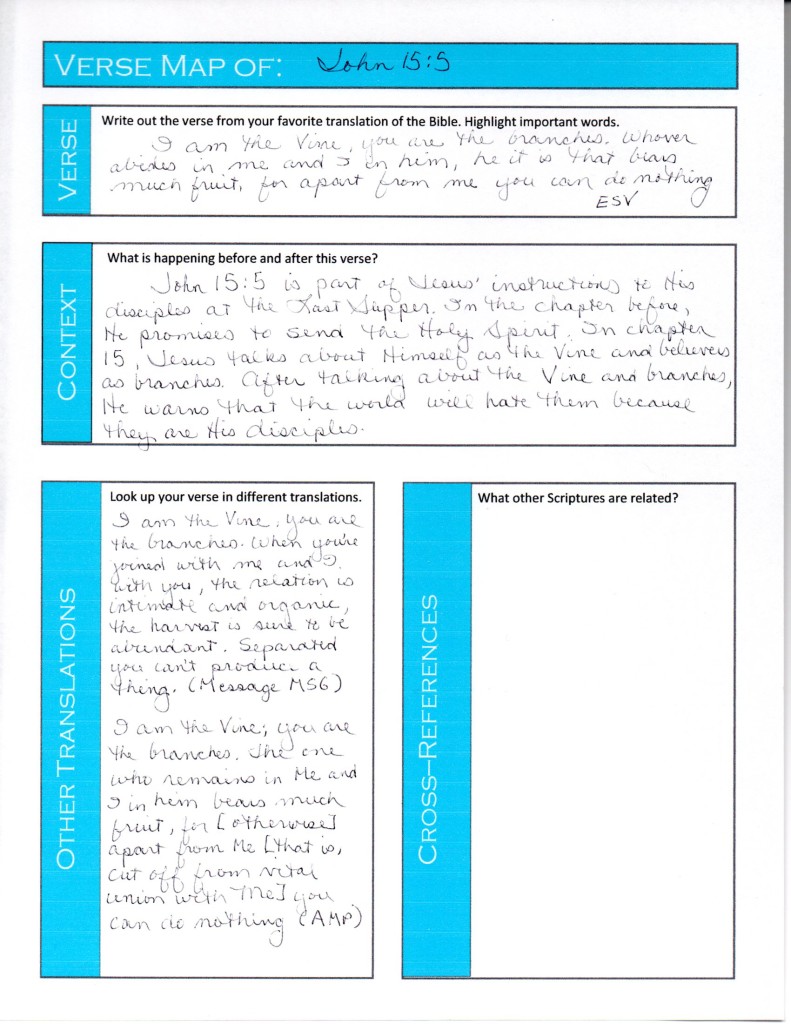
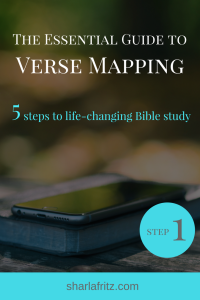

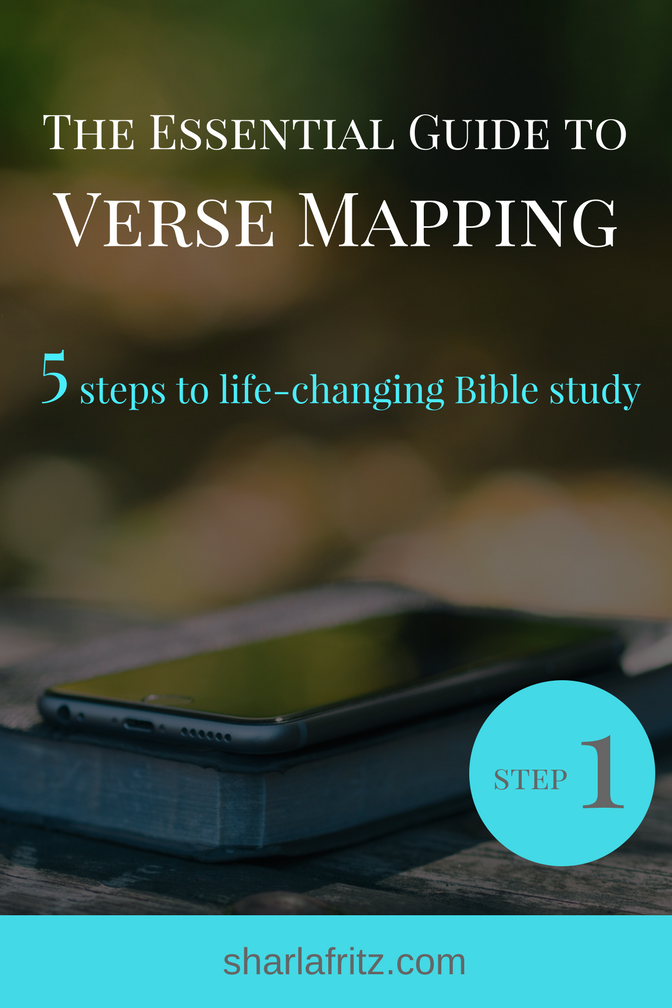
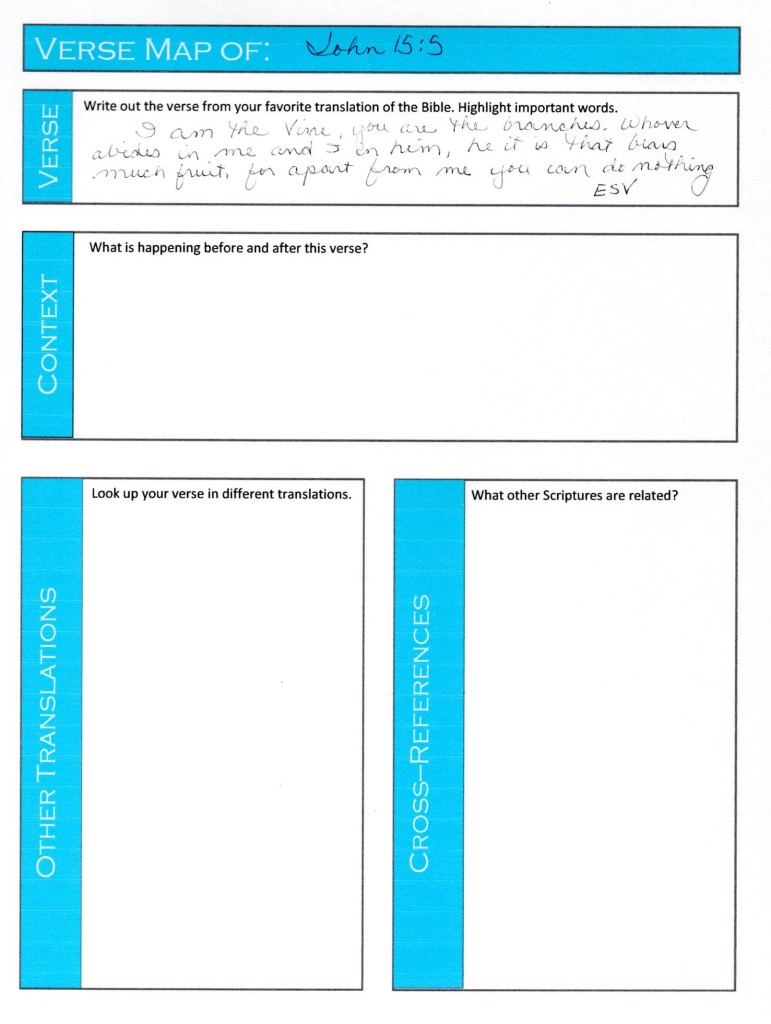
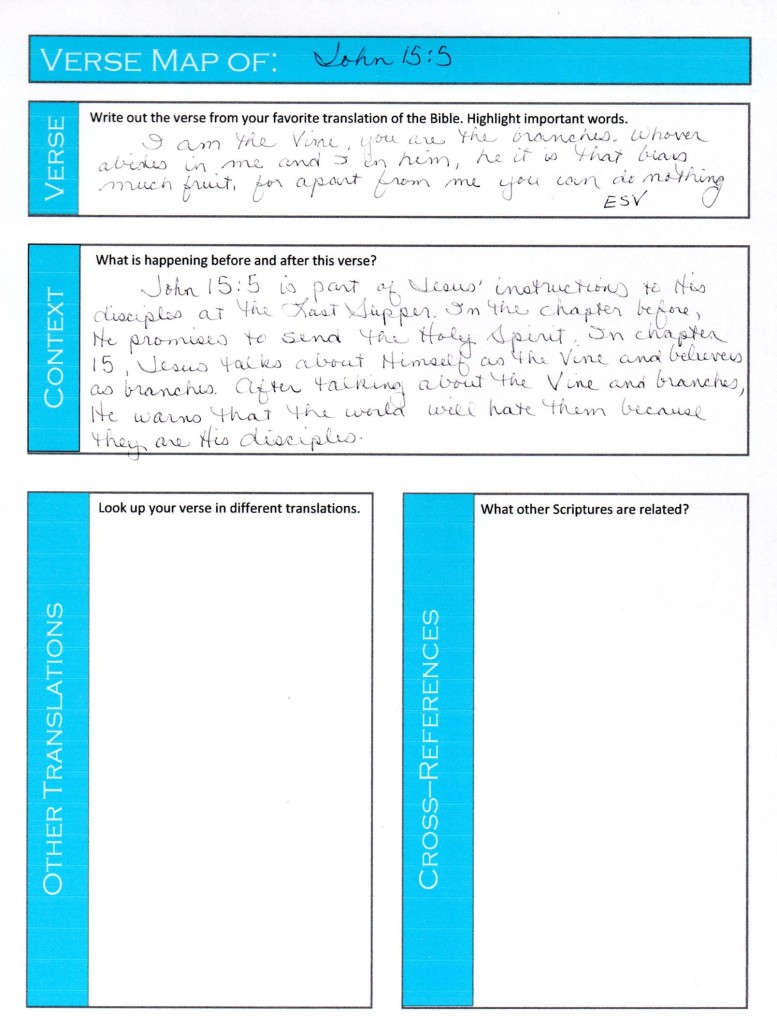
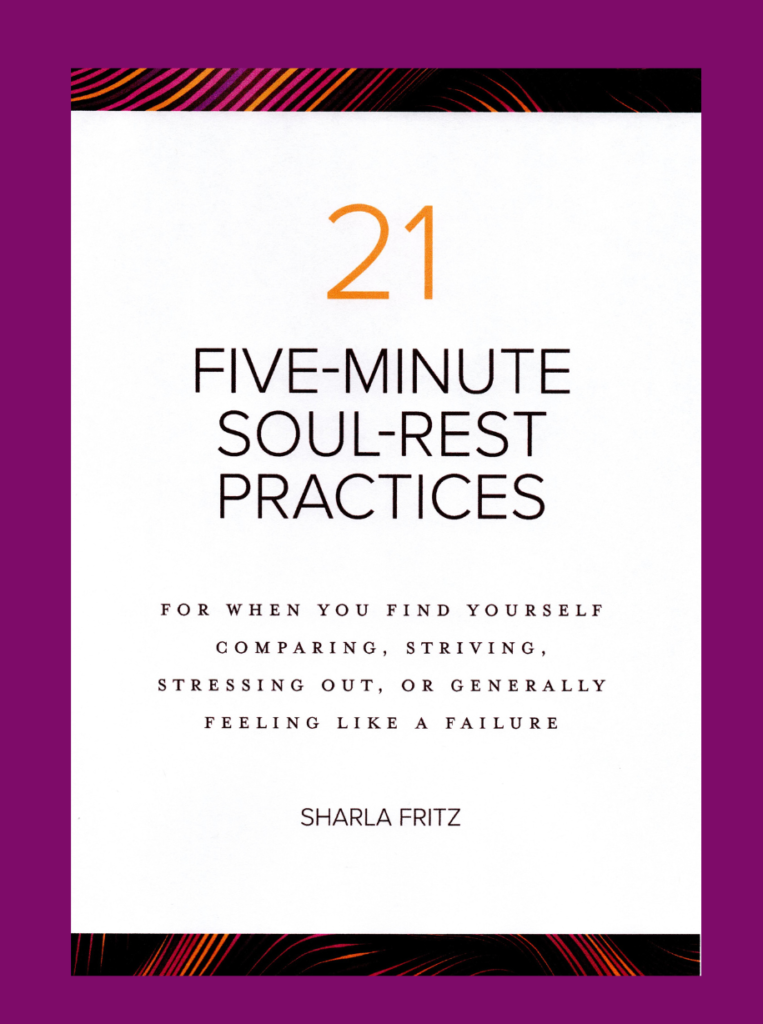
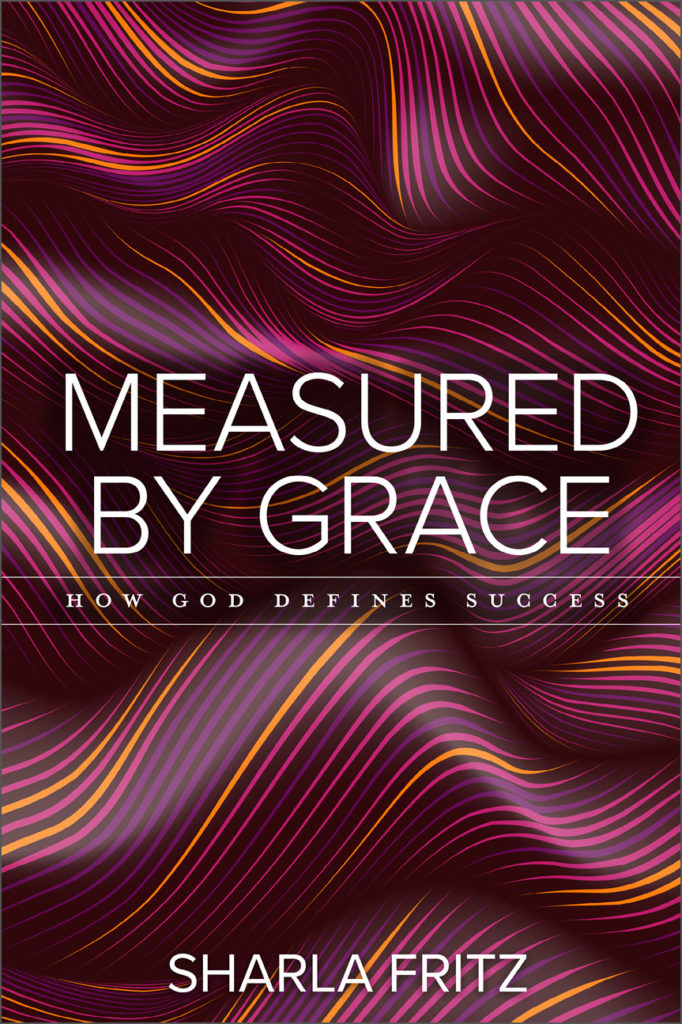

Follow Me!